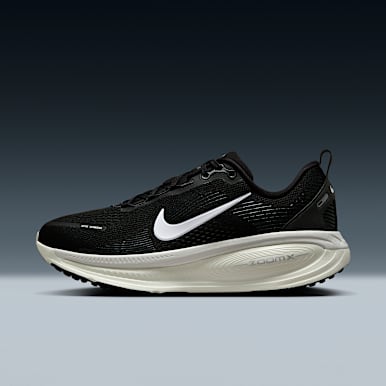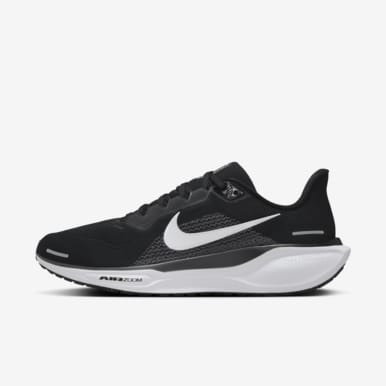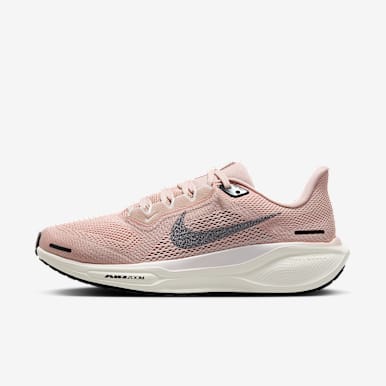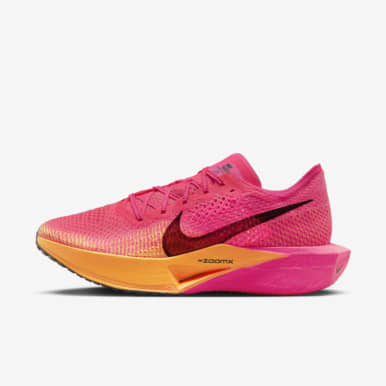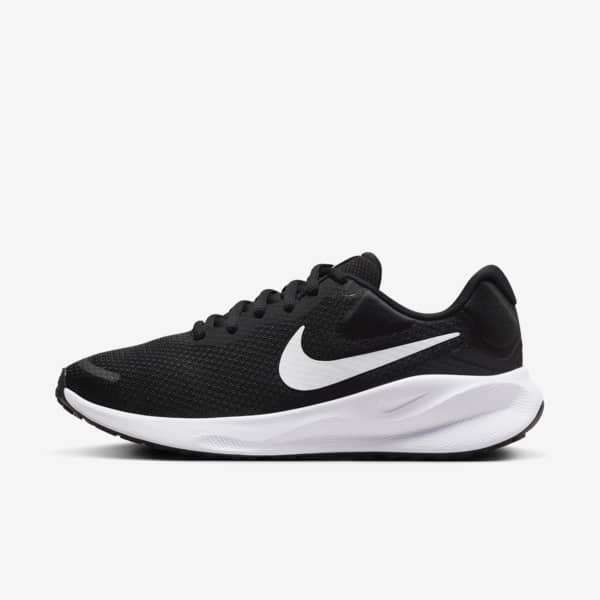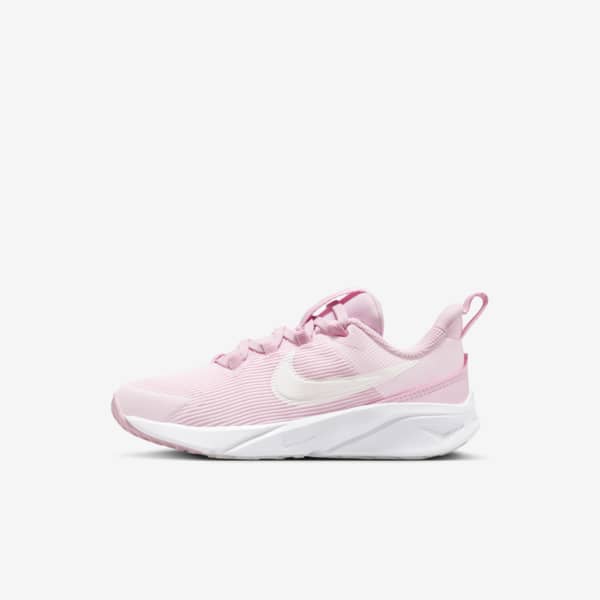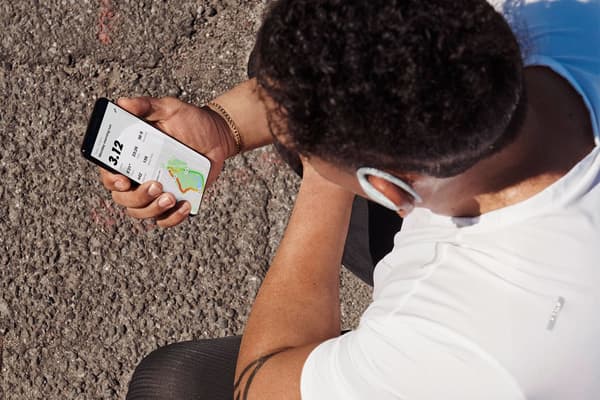How to Run on the Beach, According to Running Coaches
Sport & Activity
Sun, sand, surf? Sign us up. Here's what you need to know about running on the beach.
This is a modal window.
Running Course
How to Run on the Beach
You're on holiday at the beach. Or maybe you're lucky enough to live nearby (I'm not jealous, you're jealous!). There's a stretch of sand calling your name. So you lace up, roll down to the water and discover that OMG running on sand is super hard.
"People have this notion that running on the beach is a great idea—until they do it", says Nike Running Global Head Coach Chris Bennett. "And it can be great but there are a few realities you should think about first". Maximise beach time and enjoy the run with these tips.
- Go for shorter runs on soft sand
- Switch directions when on a slope
- Enjoy the headspace
- Keep long runs to the boardwalk
- Protect yourself
- Wear shoes
- Check the tide before heading out
"Whenever you run on a new surface—especially sand—you want to ease into your run. Decide how it feels and then pick it up or slow down".
Chris Bennett
Nike Running Global Head Coach
Getting beach ready
Protect yourself
Think hats, sunglasses and sun cream. "Running in strong sun will zap you of energy", says Coach. It's also a good idea to map out where the bathrooms are, where there's access to fresh water and if there are lifeguards on duty. "Above all else, you want to be safe".
Wear shoes
If you normally run barefoot, then go for it. Otherwise, Coach recommends shoes. "If your feet aren't used to the work of running barefoot, it's going to feel uncomfortable very quickly", he says.
Check the tide before heading out
It might seem like a small detail, but the tide can make or break a run. "You won't have access to the harder sand if the tide is in", says Coach.
Is Running on the Beach Good for You?
Just being outdoors and near water can feel like a motivation booster but that's not the only major perk. Running on sand has a number of benefits, not the least of which is it makes for an intense workout.
Here we share insights from running coaches on top benefits of running on sand, along with some advice on how to reduce your injury risk if you're just getting started.
Be sure to also check out What Are the Benefits of Forefoot Running?
4 Benefits of Running on the Beach
1.Running on the Sand Can Be a Tougher Workout
Because of the softer surface, running on the beach requires more energy expenditure, says Meghan Kennihan, CPT, personal trainer and certified running coach. That can torch calories, but most of all, it causes your muscles to work in new, intense ways while still protecting your joints, since running on sand is a lower-impact exercise.
"The sand itself makes your hip- and knee-stabilising muscles work twice as hard as they would during a run on the road or track", she says. "That means it's a great way to build leg strength. It's like resistance training with a beautiful view instead of the gym".
Don't miss Is Running Really That Bad for Your Knees?
2.Switching Up the Surfaces You're Training On
Running the same route at the same level of intensity and duration can get stale, but more than that, it may set you up for injury, according to Alina Kennedy, CSCS certified running coach and physiotherapist.
"Runners tend to get injured when their routine is repetitive", she says. That can happen even if you change your route since it's usually still the same type of surface. "The terrain of the sand is so different from the road that it's a great way to mix things up in your training".
3.Your Performance Can Improve
Leg strength and stability can translate into better performance off the beach, too, adds Kennihan. For example, running on the beach once or twice a week could help you to run faster on the road or in a race because your legs are stronger and offer greater push-off in your stride.
That performance isn't just for runners, either. A 2020 study in BMC Sports Science that looked at handball players assessed the effects of seven weeks of plyometric training (exercises that involve jumping) on two different surfaces: sand or a sports hall floor. While participants improved some factors such as jump height and static balance from both surfaces, those training on sand saw additional advantages, particularly in sprint performance.
4.In Case You Forgot, You're at the Beach
Even if you regularly run outside and get plenty of fresh air and time in nature, the beach provides a change of scenery that can perk you up. As Kennedy says, you can also go for a quick swim at the end of your run. That's tough to find at the local track or hiking trail.
Research suggests that "blue spaces", such as beaches and lakes, can provide a significant mental health boost. For example, a 2020 study in the journal Environmental Research found that simply walking on the beach for 20 minutes each day for several weeks was enough to lower blood pressure and boost mood, compared with spending the same amount of time walking in an urban setting.
Get an extra push with a Guided Run
The Nike Run Club's Guided Runs take you alongside Nike coaches, athletes and special guests who encourage you every step of the way.

Tips for Beach Runs
While these benefits should inspire you to give beach running a try, there are some important aspects of the exercise to bear in mind.
Most notably, although the sand is easier on your joints, it also provides less stability, which can increase the risk of injuries such as sprained ankles or tendinopathy in the ankles or feet, says Kennihan. Here are her tips to get out there while still staying safe:
- Start at a slow pace to get a feel for beach running and how it affects your body.
- Include a dynamic warm-up with ankle mobility and foot exercises such as ankle circles, calf raises and leg swings.
- Go by effort instead of time, which causes you to pay more attention to how you feel during the run.
- If you have Achilles tendon injuries or plantar fasciitis, consider run/walks first and, if that is exacerbating tightness and pain, cut your session short.
- Wear sweatproof or sport sun cream and consider UV-protective clothing and a hat that can stay secure.
- If running near the water, make sure you run at low tide and be aware of the slant of the beach, so you aren't always running with one leg higher than the other.
Another consideration: should you go barefoot? Kennihan suggests running with shoes on if you're just starting beach runs.
"Shoes provide the ankle support and stability you will need on the constantly shifting sand", she says. "Running for long periods of time on the beach barefoot is not advised when starting out, but if you're able to run three times a week for up to 20 minutes, then you can start to do a few barefoot runs and build up your distance or time".
Story written by Elizabeth Millard






